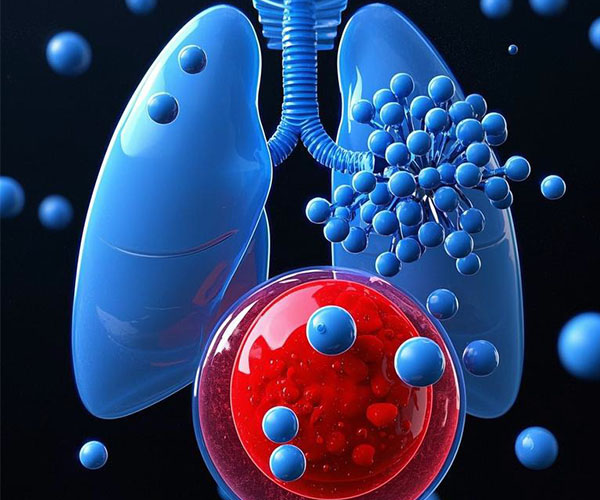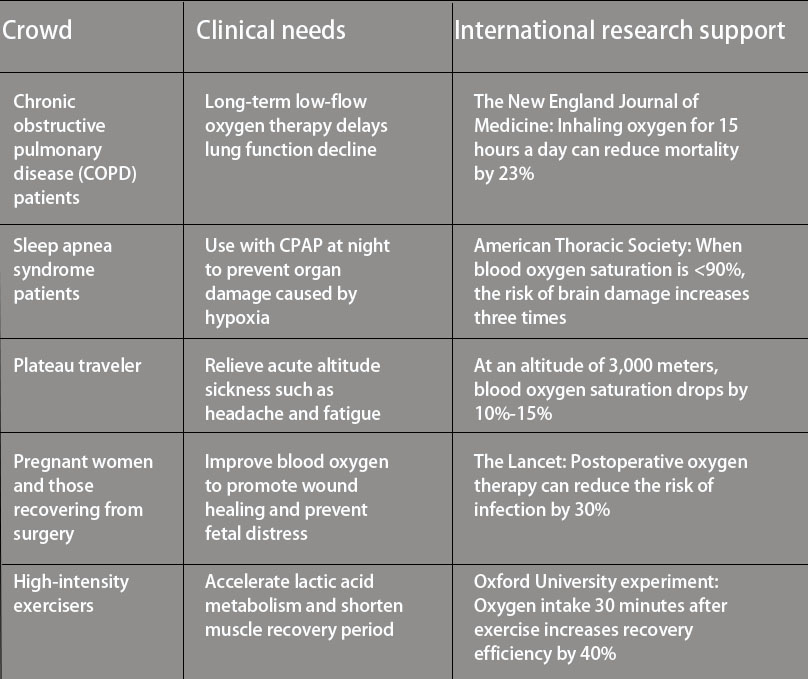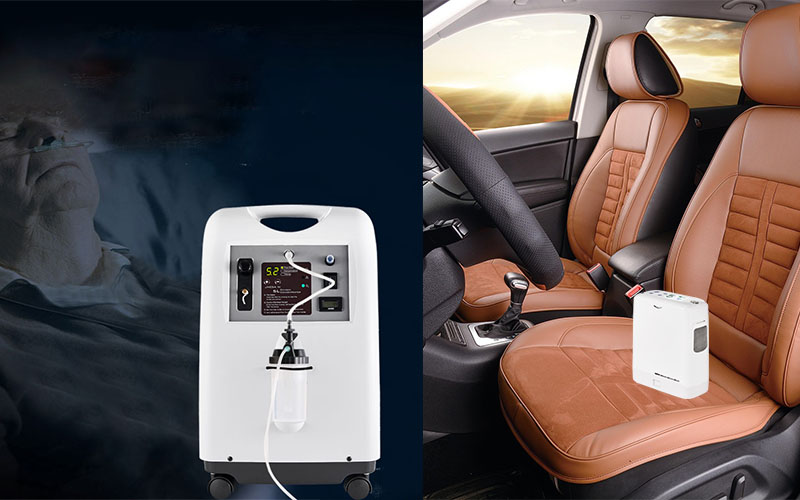Oxygen – the invisible source of life
Oxygen accounts for more than 90% of the body’s energy supply, but about 12% of adults worldwide face hypoxia due to respiratory diseases, high altitude environments or aging.As an important tool for modern family health management, oxygen concentrators are gradually shifting from “medical equipment” to “daily necessities”. On the eve of World Sleep Day (March 21), we have teamed up with respiratory health experts to reveal the scientific truth and application scenarios of oxygen concentrators.
How does an oxygen concentrator work? The technological transformation from air to oxygen
1.Core principle: molecular sieve pressure swing adsorption (PSA)
- Air compression: Inhale ambient air and filter out dust and bacteria
- Nitrogen and oxygen separation: nitrogen is adsorbed by zeolite molecular sieve to output more than 93% pure oxygen.
- Dynamic adjustment: The smart chip adjusts the oxygen flow according to the breathing frequency to avoid waste.
2.Technological evolution: from “medical-specific” to “family-friendly”
- Silent Revolution: Turbo noise reduction technology reduces the operating volume to below 30 decibels (close to the sound of turning pages)
- Energy consumption optimization: The power consumption of new models in 2025 will be 60% lower than that in 2015, and some models support solar charging.
Who needs an oxygen concentrator? Five major groups of people and scientific evidence
Home use scenario: the balance between safety and efficiency
1.Daily oxygen therapy
- Golden time: 30 minutes of oxygen inhalation each morning and before bedtime to improve blood oxygen levels throughout the day.
- Device linkage: synchronize data with smart bracelet to automatically trigger hypoxia warning.
2.Special environment adaptation
- Car mode: DC 12V power supply support, ensuring the safety of self-driving tours in the plateau.
- Emergency reserve: lithium battery version with 8-hour power-off life to cope with natural disasters.
3.Misunderstandings clarified
- “Is high-concentration oxygen therapy better? “Flow rates exceeding 5L/min may cause oxygen poisoning (please follow doctor’s advice).
- “Oxygen concentrator replaces ventilator?” The two have different functions and the effect is better when used together.
How to choose an oxygen concentrator? Four-dimensional evaluation method
1.Medical certification: FDA/CE certification is the bottom line for safety, preventing “industrial oxygen” from posing as medical grade.
2.Noise and volume: The noise level should be less than 35 decibels for use in bedrooms, and the compact design saves space.
3.Battery life: Lithium battery models support more than 8 hours of off-power operation.
4.Service network: global warranty and 24-hour remote technical support optimization.
Let free breathing be within reach
Oxygen concentrators are not only disease management tools, but also a symbol of modern people’s pursuit of high-quality life. From chronic disease treatment to plateau exploration, from sports recovery to sleep optimization, this technology is quietly reshaping the way humans interact with oxygen.
Post time: Mar-19-2025



